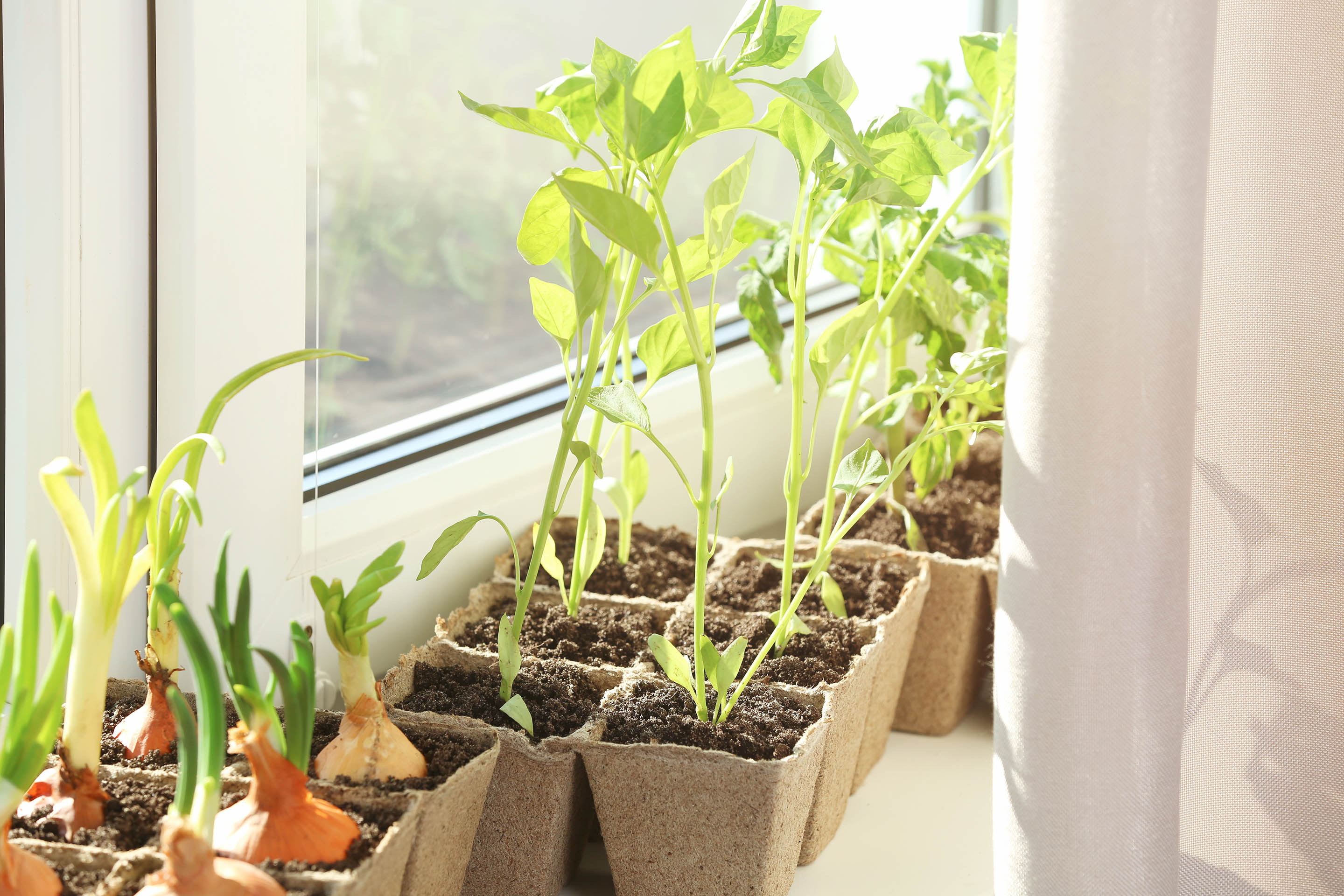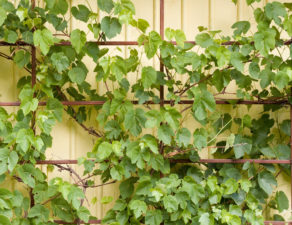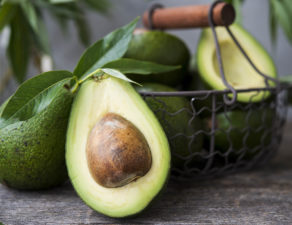
Summer has arrived, and marks a favorite time of year for many. If you’re looking forward to fresh local vegetables and mornings spent peacefully browsing your local farmer’s market, you probably self-identify as a summer lover!
But what if you could extend that feeling throughout the year? Or, what if those of you lacking garden space could finally fulfill your dreams of growing your own food? Those are some of the goals of indoor food gardening, a growing trend among the health-conscious and nature-loving sort.
The benefits of indoor gardening. People are choosing to grow food indoors for numerous reasons, but some of the primary ones are:
Year-round access to fresh food
Cutting the cost of groceries
Certainty of the origin of foods
Ease of growing fully organic foods
Control over elements such as light, temperature, and moisture
No worries about insects or wildlife destroying your hard work
No need for a large yard if you don’t have one
It’s fun!
Which foods grow well indoors. Obviously, with indoor gardening you will face limits. You probably can’t imagine a twenty-foot watermelon vine snaking through your living room! However, many common staple foods can be easily grown in your kitchen or sunroom, including:
Scallions
Lettuces
Herbs
Radishes
Spinach
Tomatoes
Strawberries
Small varieties of potatoes (yes, really, this is possible!)
How to grow food indoors. First of all, think small. No, you won’t be able to run a farm in your kitchen, but you can easily grow enough microgreens to make your own salads. Small varieties, like cherry tomatoes, can be grown in pots or with the help of a hydroponic setup. Utilize space such as windows for hanging baskets of herbs and strawberries. Research planting depths; you will probably be limited to crops which can grow at a depth of 12 inches or less.
Second, keep natural elements in mind. The same ingredients for a successful outdoor garden will be utilized indoors. Choose crops that grow well with less sunlight, or invest in grow lights. Water can be managed manually, via regular waterings, or set up a cool-mist humidifier to mimic outdoor conditions.You can also purchase all-in-one countertop setups, which can allow for fast and easy growth of microgreens and herbs.
Give indoor food gardening a try, and you might find yourself a fun new hobby, along with a convenient way to obtain fresh organic food. If you have any questions or suggestions, let us know what you think in the comments section.








